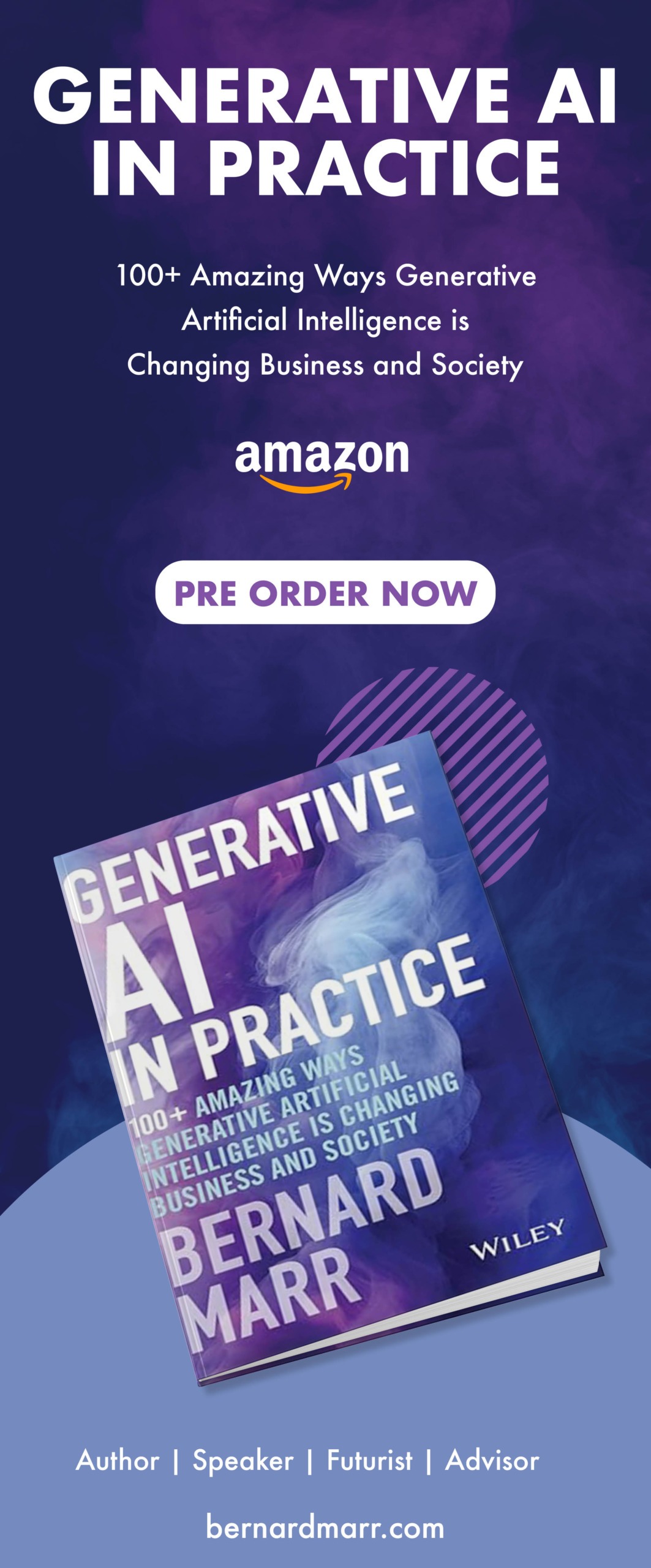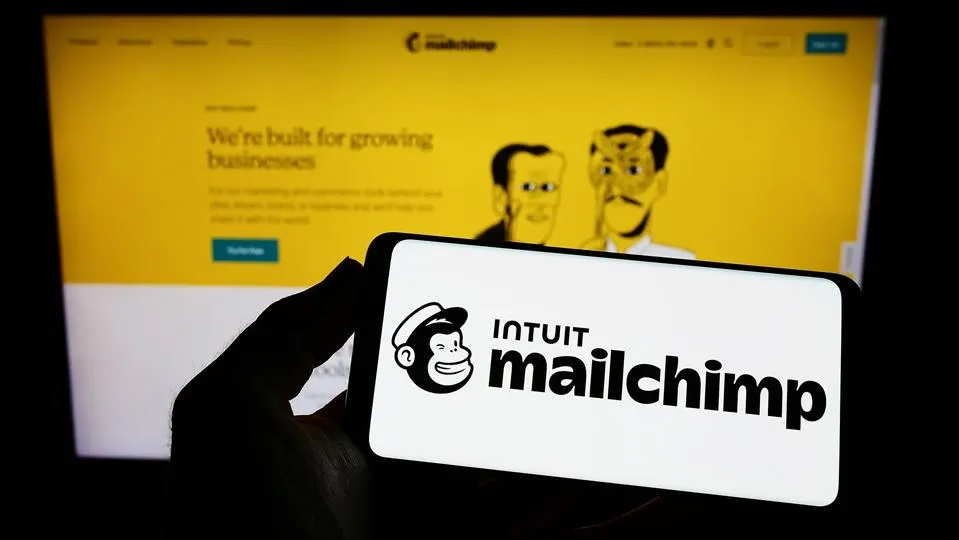How Amazon Uses Artificial Intelligence: The Flywheel Approach
2 July 2021
Let’s face it: Amazon’s got an edge.
As an early adopter of artificial intelligence, and one of the first companies to build their business around AI and machine learning, Amazon has always had a competitive advantage.
Let’s take a look at why Amazon’s approach is so successful, and how their AI strategy creates an incredible customer experience.

Integrating AI from Top to Bottom
Amazon is a company that has reorganized and restructured itself to leverage artificial intelligence in every part of the organization.
Amazon’s recommendation engines are now driving 35% of total sales.
They’re applying continuous AI to understand the context and intent behind customer search queries, so they know why people are searching for specific products.
Amazon’s foundational smart speaker product, Alexa, runs on a conversational AI platform.
Even Amazon’s warehouses are being automated with smart robots.
Using the Flywheel Approach
So, what is Amazon’s secret? How have they integrated artificial intelligence into their business so successfully?
Here’s the key: Amazon uses a “flywheel” approach to artificial intelligence. “Flywheel” is an engineering term that describes the way companies can conserve energy and keep up momentum. Flywheels are similar to potter’s wheels – we can press a pedal and keep them running consistently by adding a tiny amount of energy at a time.
Like a flywheel, using artificial intelligence takes a lot of energy to get started – but once the wheel begins turning, it’s far easier to keep it going by giving it continuous smaller boosts.
Artificial intelligence has its own momentum, and Amazon created a plan to keep up that momentum within that organization, so their efforts never lagged. This is a long-term strategy that ensures maximum benefit from AI efforts.
Amazon’s entire organization is constantly humming with artificial intelligence, and founder Jeff Bezos mandated that data is shared across the organization, not hoarded in one department or process. Datasets are always connected to other data in the organization, to make sure they can be externalized from the ground up.
The flywheel of continuous data and AI keeps different parts of the Amazon engine going, and innovations that take place in one department or team can be transferred to other parts of the organization.
Amazon’s Obsession with the Customer Experience
Amazon is known for having an ongoing obsession with providing the best possible experience for their customers. From one-click buying to automated warehouses that enable lightning-fast shipping, they’ve reinvented the online shopping experience worldwide.
More recently, Amazon even added brick-and-mortar Amazon Go stores, where (ideally) customers will be able to walk in, put items in their shopping bag, and then walk right out the front door without needing check out or use cash or a credit card. This usage of artificial intelligence, based on facial recognition and machine vision backed by machine learning, is revolutionizing the physical shopping experience, too.
Companies of all sizes can benefit from looking at Amazon’s use of AI, and learn from their incredible top-to-bottom flywheel approach. How can your company leverage big data and AI to increase your bottom line while providing an incredible experience for your customers and clients?
Where to go from here
If you would like to know more about , check out my articles on:
- Are Alexa And Siri Considered AI?
- How To Put AI Into A Business To Accelerate Performance?
- What Is The Impact Of Artificial Intelligence (AI) On Society?
Or browse the Artificial Intelligence & Machine Learning library to find the metrics that matter most to you.
Related Articles
How Generative AI Will Change The Job Of Real Estate Agents
Real estate agents and other professionals in their industry are in the business of selling good old-fashioned solid bricks and mortar.[...]
How BCG Is Revolutionizing Consulting With AI: A Case Study
In a world where AI is transforming every sector, companies are constantly seeking ways to gain a competitive edge.[...]
The Biggest Education Trends Of The Next 10 Years
Education is changing rapidly. In today’s fast-moving world, a model where we graduate in our youth prepared for a lifelong career is simply no longer valid.[...]
Is This AI’s IPhone Moment?
Today, the term “iPhone moment” is frequently used to refer to a technology breaking through into the mainstream.[...]
AI Politicians: The Future Of Democracy Or A Threat To Freedom?
2024 is a big year for democracy, with over two billion of us voting in elections across the US, India, the EU, the UK and many other countries and territories.[...]
How Mailchimp Hopes To Build The End-To-End AI Solution For SMEs
I often write about AI's potential to transform any business. Yet, a question I frequently get from small businesses is, "Does that really include us?"[...]
Sign up to Stay in Touch!
Bernard Marr is a world-renowned futurist, influencer and thought leader in the fields of business and technology, with a passion for using technology for the good of humanity.
He is a best-selling author of over 20 books, writes a regular column for Forbes and advises and coaches many of the world’s best-known organisations.
He has a combined following of 4 million people across his social media channels and newsletters and was ranked by LinkedIn as one of the top 5 business influencers in the world.
Bernard’s latest book is ‘Generative AI in Practice’.










Social Media